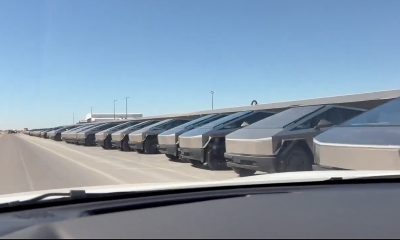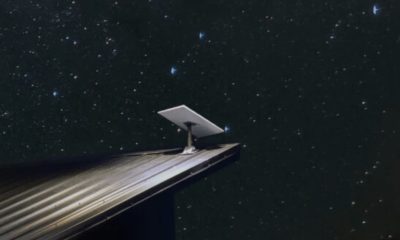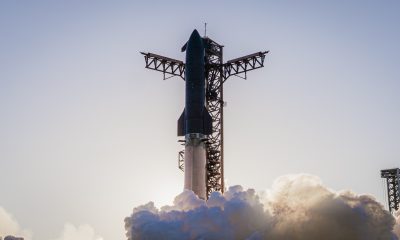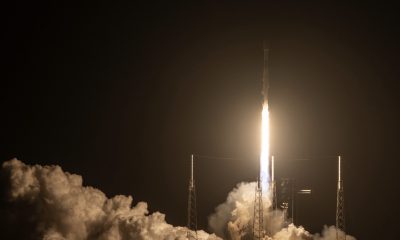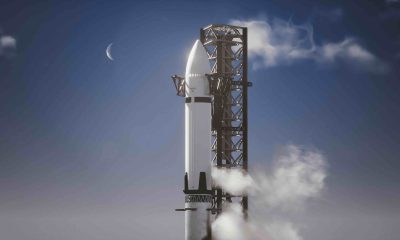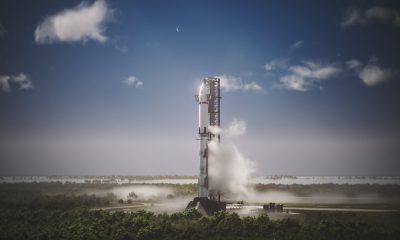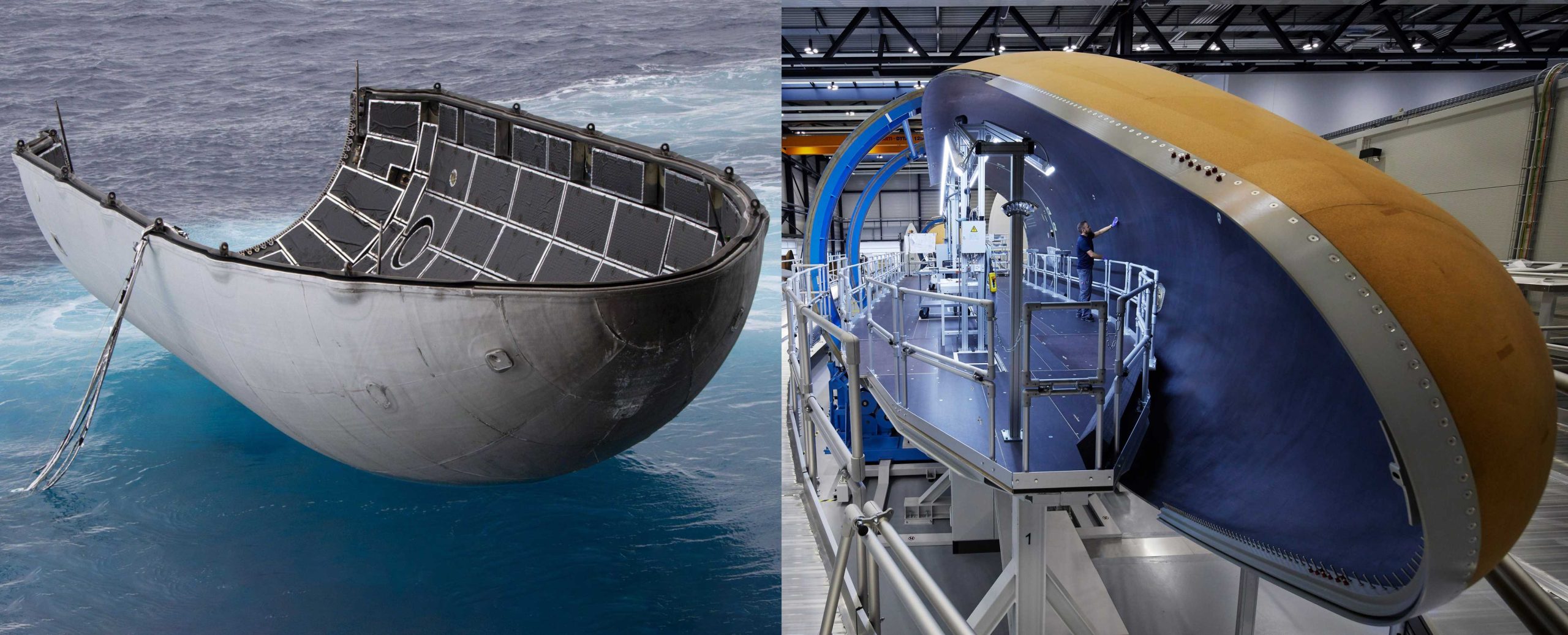
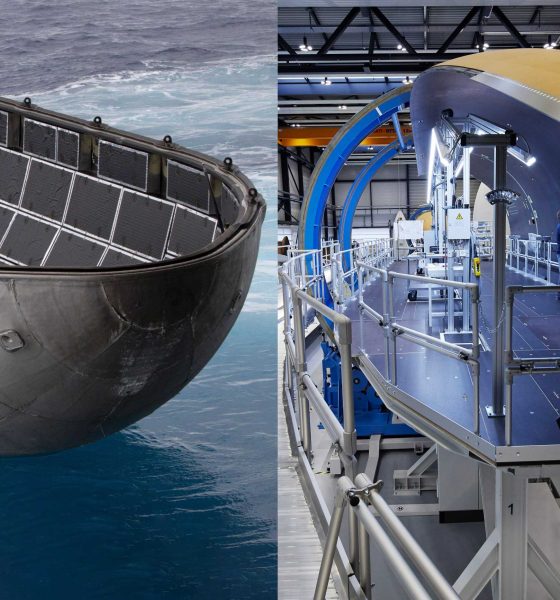
News
SpaceX’s attempts to buy bigger Falcon fairings complicated by contractor’s ULA relationship
According to a report from SpaceNews, SpaceX recently approached global aerospace supplier RUAG with the intention of procuring a new, larger payload fairing for its Falcon 9 and Heavy rockets.
RUAG is a prolific supplier of rocket fairings, spacecraft deployment mechanisms, and other miscellaneous subassemblies and components, and US company United Launch Alliance (ULA) has relied on RUAG for fairings and various other composites work for its Atlas V, Delta IV, and (soon) Vulcan launch vehicles. According to SpaceNews, that close relationship with ULA forced RUAG to turn SpaceX away, owing to ULA’s argument that the specific fairing technology SpaceX was pursuing is ULA’s intellectual property. The ramifications of this development are not earthshaking but they’re still worth exploring.
Update: A more recent report by SpaceNews seemingly revealed that RUAG has no such exclusivity or IP agreement with ULA. Nevertheless, it’s worth noting that the reality is probably somewhere in between RUAG’s official statement and the more incendiary information that preceded it. As a commercial entity, RUAG is in no way obligated to supply hardware or services to any prospective buyer, and the political and economic ties between ULA and RUAG are likely more influential than public statements will ever acknowledge.
“In a June 12 letter to Smith, the company’s CEO Peter Guggenbach makes the case that legislation forcing access to suppliers is unnecessary in this case because RUAG does not have an exclusive arrangement with ULA and is willing to work with SpaceX or any other launch providers.
“For this competition, we are in the process of submitting or have submitted proposals to multiple prime contractors regarding launch vehicle fairings. In those agreements, we share technical data to support a prime contractor’s bid while protecting our intellectual property.”
RUAG vice president Karl Jensen told SpaceNews the company has a “significant partnership” with ULA but is looking to work with others too. “We have an offer to SpaceX,” he said. “We don’t know if they’ll accept it.”
SpaceNews, 06/13/2019
Additionally, it’s likely that SpaceX is interested in procuring a few RUAG fairings not for the 5.4m diameter – the actual usable diameter is almost the same as Falcon 9’s own fairing – but for the added height, up to ~16.5m compared to F9’s ~11m.
New fairing needed
According to rules behind the latest phase of the US Air Force military launch competition (LSA Phase 2), competitors – likely to include ULA (Vulcan), Blue Origin (New Glenn), Northrop Grumman (Omega), and SpaceX (Falcon 9/Heavy) – will have to offer a larger, 5.4-meter (17 ft) diameter payload fairing to compete for any of the several dozen launch contracts up for grabs.
SpaceX’s Falcon 9 and Heavy rockets were designed with a 5.2m-diameter fairing that flew on the very first Falcon 9 launch and continues to be SpaceX’s only fairing today, albeit with several major modifications and upgrades since its 2010 debut. Blue Origin plans to jump straight into 7m-diameter fairing development for its large New Glenn launch vehicle, expected to launch for the first time no earlier than (NET) 2021.
Procured from RUAG, ULA has several fairing options, including its largest, a 5.4m-diameter fairing that flies on Atlas V 500-series vehicles and also flies on Arianespace’s Ariane 5. Northrop Grumman’s (formerly Orbital ATK’s) Omega will feature a 5.25m-diameter fairing if the rocket makes it to flight hardware production.

Although most of the two-dozen or so satellites to be launched as part of LSA Phase 2 are likely small enough to fit Falcon’s 5.2m fairing and Omega’s 5.25m fairing, SpaceX (and Northrop Grumman) would presumably miss out on opportunities to launch those larger (and likely higher-profile) satellites, effectively handing the contracts to Blue Origin or ULA. SpaceX is thus faced with a conundrum that has three possible solutions.
- Build a brand new fairing with a significantly larger diameter (5.4m+) and be forced to buy tens of millions of dollars of custom tooling and new manufacturing space for a handful of rare launches with a rocket family meant to be made redundant by Starship/Super Heavy.
- Buy a handful of 5.4m-diameter fairings from RUAG, the only practical commercial source on Earth.
- Forgo the ability to compete for the few launches that require a larger fairing.
With #2 reportedly removed by ULA’s interference for dubious reasons, the the remaining options are unsavory at best. It’s possible that SpaceX will willingly design, build and certify an entirely new Falcon fairing for US military launches, but the expense of that process – likely $50M-$100M or more – means that it would probably be contingent upon SpaceX receiving the $500M it has recently begun lobbying for.


For reference, all three of the launch providers SpaceX is competing against – ULA, NGIS, and Blue Origin – were respectively awarded ~$970M, ~$790M, and $500M by the US Air Force to complete the development of their respective launch vehicles. SpaceX can technically compete in the ~30 launch contract competition to follow, but the company wouldn’t receive a penny of development funding to meet the same requirements its competitors are being paid hundreds of millions of dollars for. In lieu of this undeniable imbalance, SpaceX – via Congressman Adam Smith – secured language in the FY2020 National Defense Authorization Act that would provide the company $500M (equivalent to Blue Origin’s award) if they win one of Phase 2’s two block-buy contracts.
Despite the fact that the USAF has plans to spend more than $2B assisting the development of three new rockets, LSA Phase 2 procurement has been inexplicably structured in such a way that only two companies/rockets can win, with one receiving 60% of contracts and the other receiving 40%. In other words, with that baffling award structure and under the assumption that SpaceX wins one of the slots, two of the three rockets the USAF is throwing money at will either die on the drawing board (Omega) or have a significantly lower chance of achieving military launch certification (New Glenn).
Ultimately, it’s clear that building an entirely new fairing would be valuable for SpaceX, even if it might be extremely expensive and of dubious strategic merit alongside the simultaneously development of Starship/Super Heavy, a vehicle that will feature a reusable 9m-diameter payload bay. Whether or not SpaceX bites that particular bullet, the LSA Phase 2 competition remains as baffling and fascinating as ever.
News
Tesla adjusts Online Design Studio for easier trade-in process
Tesla has a great trade-in program that allows you to give the company your vehicle in exchange for cash, even if it’s not an EV. Their trades are mostly fair, but the company seems to undervalue its own vehicles, and there have been plenty of complaints over offers in the past.
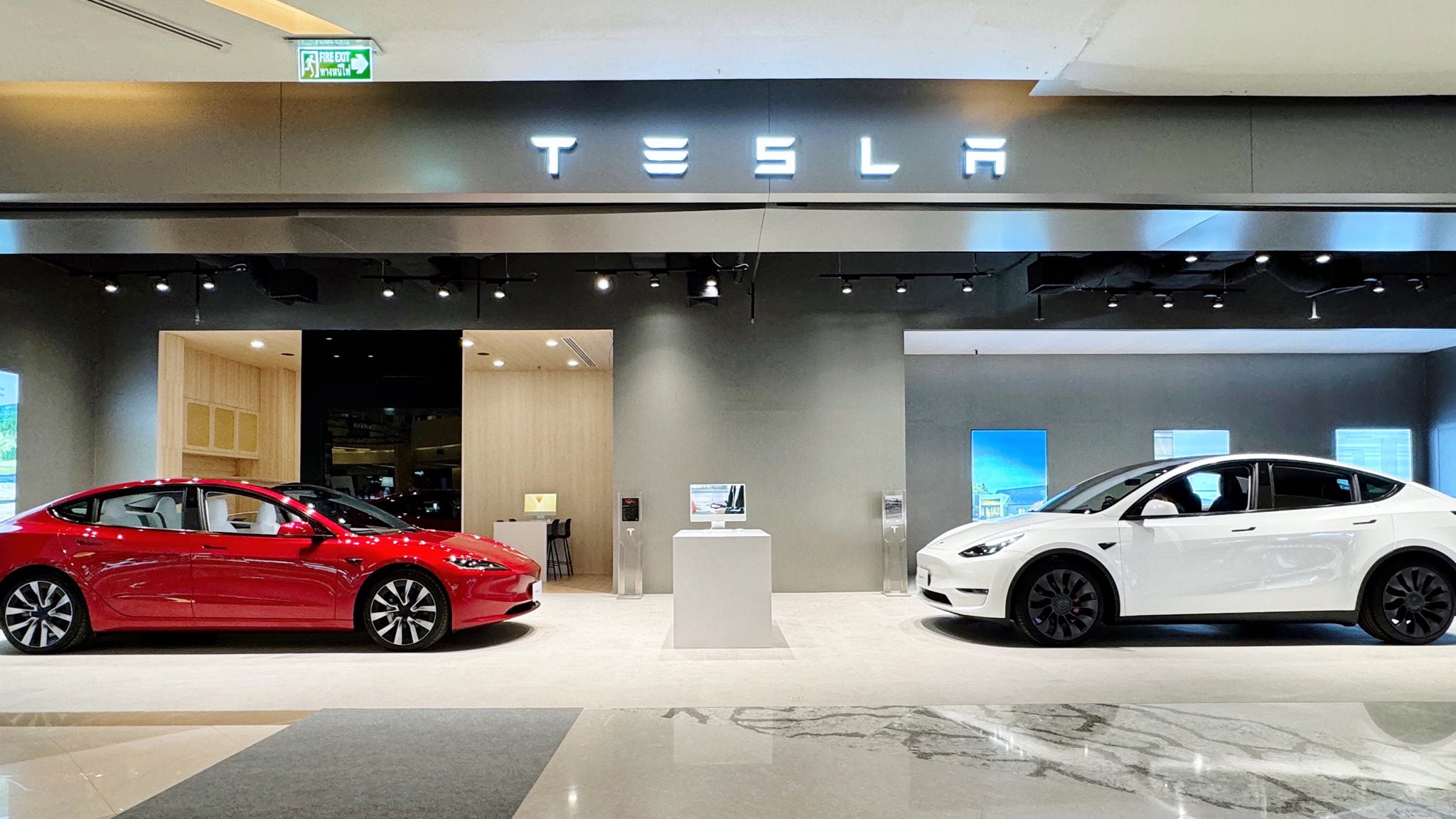
Tesla has adjusted its Online Design Studio to make for an easier trade-in process, reflecting the details of the exchange for a more accurate reflection of payment terms.
Tesla has a great trade-in program that allows you to give the company your vehicle in exchange for cash, even if it’s not an EV. Their trades are mostly fair, but the company seems to undervalue its own vehicles, and there have been plenty of complaints over offers in the past.
Trade-ins are usually given by submitting vehicle details, then Tesla sends an email with an offer. Offers are non-negotiable, but do adjust over time, although the latest offer is valid for 30 days.
I traded my ICE vehicle for a Tesla Model Y: here’s how it went
Knowing your new Tesla’s cash price, leasing or loan details, and monthly payment information used to be done by the car buyer. From personal experience, I simply subtracted my trade-in from the cash price of the Tesla Model Y, and I plugged those numbers into the payment calculator.
Now, Tesla is implementing the trade-in process directly into the Design Studio. It will adjust the price of the car and the different monthly payment methods automatically:
Trade-in estimates available directly on our configurator in few states including CA, will cover all of US and Canada next week.
For loyalty customers, if their trade-in VIN is eligible for any loyalty credit, the same will be applied to the estimate. pic.twitter.com/7097vPleMf
— Raj Jegannathan (@r_jegaa) November 8, 2025
The change is already noticed in a handful of states, including California, but it has not rolled out across the board quite yet. It will be implemented in all of the U.S., as well as Canada, this coming week.
The trade-in process is very simple, and after you accept your offer, you simply drop your vehicle off during the delivery process. Making this simple change will be greatly appreciated by owners.
News
Tesla confirms Robotaxi is heading to five new cities in the U.S.
After launching in Austin, Texas, in late June and the Bay Area of California just a few weeks later, Tesla has been attempting to expand its Robotaxi suite to new states and cities in the U.S., and even outside of the country.

Tesla Robotaxi will hit five new cities in the United States in the coming months, the company confirmed.
After launching in Austin, Texas, in late June and the Bay Area of California just a few weeks later, Tesla has been attempting to expand its Robotaxi suite to new states and cities in the U.S., and even outside of the country.
The Robotaxi suite is a ride-hailing service Tesla offers, but the details of it change with each jurisdiction, as regulations vary. For example, in Austin, Tesla can operate the Robotaxi suite without anyone in the driver’s seat, as long as the vehicle does not enter a freeway.
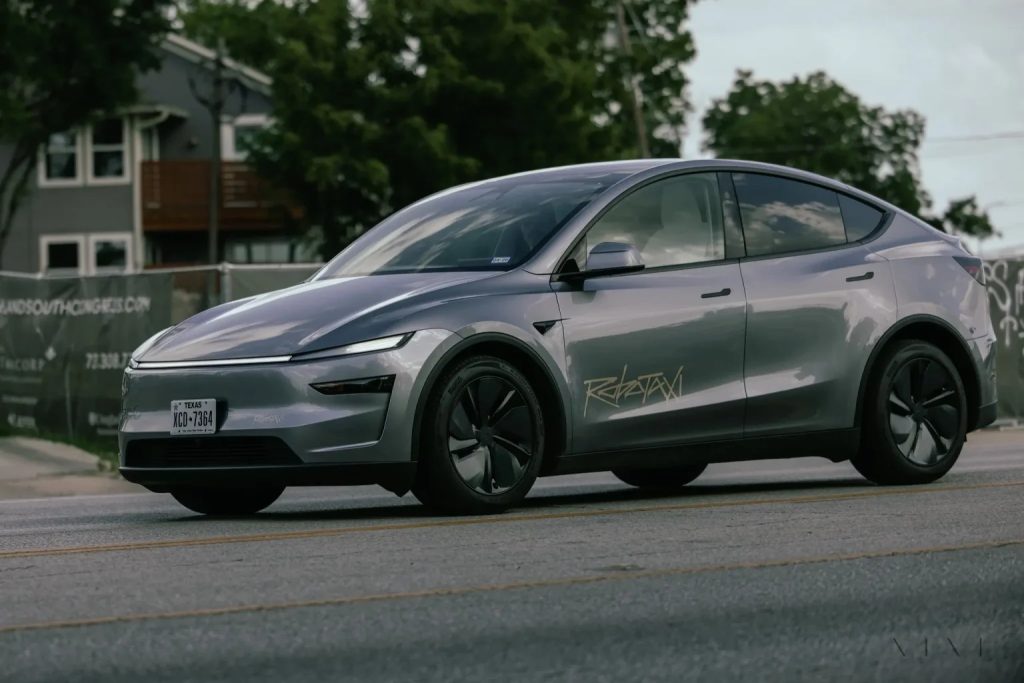
Credit: Tesla
In the Bay Area, a Safety Monitor rides in the driver’s seat, essentially acting as the vehicle operator with Full Self-Driving controlling the car.
The local regulations and how Tesla handles them will continue to be a relevant part of the discussion, especially as the company aims to expand the Robotaxi program to different areas. This has been a primary focus of the company for several months, especially within the United States.
CEO Elon Musk said that Tesla was aiming to launch Robotaxi in Nevada, Arizona, and Florida. However, the company detailed five specific cities where it will launch Robotaxi next during the Annual Shareholder Meeting on Thursday.
Tesla will launch Robotaxi in Las Vegas, Phoenix, Dallas, Houston, and Miami next, broadening its Service Area for the suite to more major cities across the U.S.
It has said it plans to offer the service to half of the U.S. population by the end of the year, but it does not seem as if it will expand to more than a handful of cities this year, which is still tremendous progress, all things considered.
As far as autonomy is concerned, Tesla has always had lofty expectations and has made some even loftier statements.
At the Shareholder Meeting, Musk said that the company would likely be able to enable vehicle owners to text while the vehicle drives, alleviating them from potentially having some of the responsibility they have behind the wheel.
Tesla says texting and driving capability is coming ‘in a month or two’
It is not confirmed that Tesla will roll this out in the next few months, but Musk said there is a possibility.
News
Tesla launches another new Model Y trim at a bargain price with massive range
It is the second most-affordable Model Y trim level in China, trailing the base Rear-Wheel-Drive and coming in under the All-Wheel-Drive.
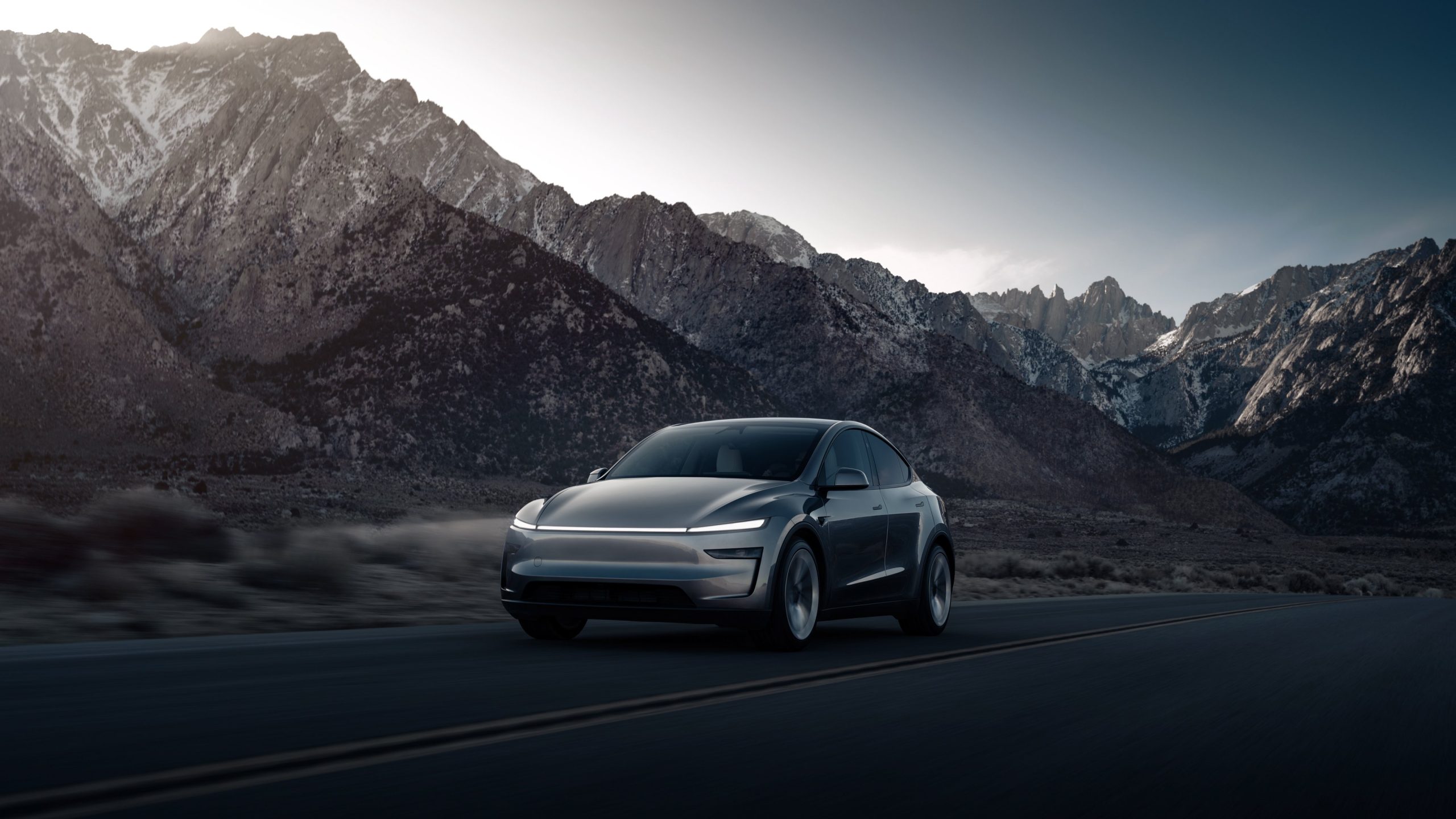
Tesla has launched yet another new Model Y trim level, but this time it is in China, and it is at a bargain price.
It also has an insane range rating.
On Friday, Tesla launched the new Model Y Long Range Rear-Wheel-Drive in China, priced at 288,500 yuan ($40,500), an incredible deal considering it is not a stripped-down version of the vehicle like the Model Y Standard.
🚨🚨 Tesla’s new China-launched Model Y LR RWD offers 821 km (510 miles) CLTC range with 78.4 kWh CATL battery, beating AWD’s 750 km.
At 288,500 yuan ($40,500 USD), it fits between base RWD (593 km, 263,500 yuan) and AWD (313,500 yuan) for affordable long-range EVs.
CLTC… https://t.co/rhKVzvUWlu pic.twitter.com/ZOoelziJ8T
— TESLARATI (@Teslarati) November 8, 2025
It is the second most-affordable Model Y trim level in China, trailing the base Rear-Wheel-Drive and coming in under the All-Wheel-Drive.
The big appeal with this new Model Y trim is obviously its price, but its range rating is also one of the best we’ve seen. Rated at 821 kilometers on the CLTC scale, it converts to 510 miles. It uses a 78.4 kWh CATL battery.
Converted to real-world range, however, that 821-kilometer range rated by the CLTC actually is equivalent to about 357 miles on the EPA scale, which is still a very respectable number and comes in at a higher range than the Long Range All-Wheel-Drive configuration that is available in the U.S.
Tesla has truly brought a wide variety of Model Y trims to the Chinese market, including a new Model Y L configuration that features a slightly longer wheelbase, as well as additional interior features like extended thigh legrests and captain’s chairs with armrests.
It is unclear whether Tesla will bring a Premium Rear-Wheel-Drive option of the Model Y to the U.S., especially as it has already rolled out four configurations of the all-electric crossover in the market. With the new Standard offerings, Tesla will likely keep its lineup as simple as possible.
However, the company has hinted that there is a slim possibility the Model Y L could come to the U.S. sometime late next year, but CEO Elon Musk said that it is not a guarantee.
Tesla is more concerned with self-driving efforts in the U.S., and despite calls from customers for larger vehicles, it does not seem concerned with making them available, at least not for now.
-
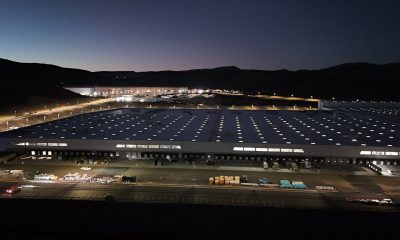
 News2 days ago
News2 days agoTesla shares rare peek at Semi factory’s interior
-
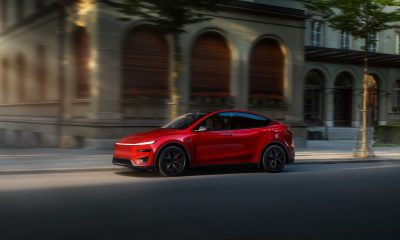
 News3 days ago
News3 days agoTesla Model Y Performance is rapidly moving toward customer deliveries
-
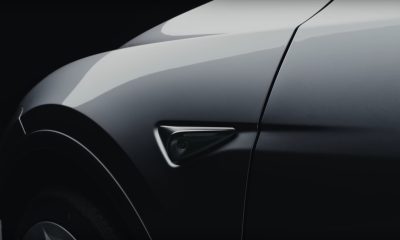
 Elon Musk4 days ago
Elon Musk4 days agoTesla teases new AI5 chip that will revolutionize self-driving
-
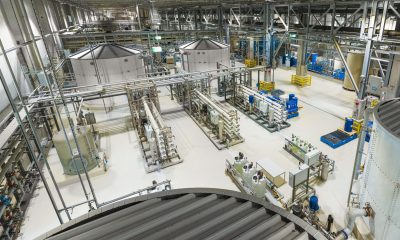
 News4 days ago
News4 days agoTesla Giga Berlin hits a sustainability milestone that’s so impressive, it sounds fake
-
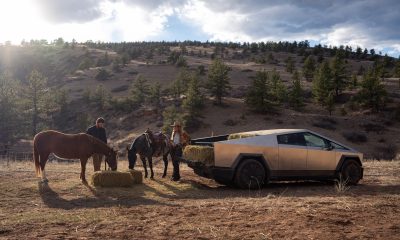
 Cybertruck4 days ago
Cybertruck4 days agoTesla announces delivery timeline for Cybertruck in new market
-
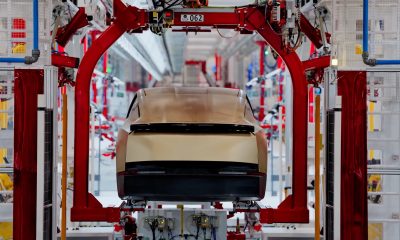
 News2 days ago
News2 days agoTesla Cybercab production starts Q2 2026, Elon Musk confirms
-
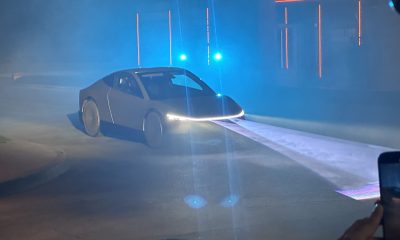
 News2 weeks ago
News2 weeks agoTesla Cybercab spotted testing on public roads for the first time
-
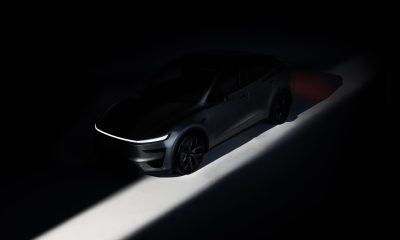
 News1 day ago
News1 day agoTesla Model Y Performance set for new market entrance in Q1



